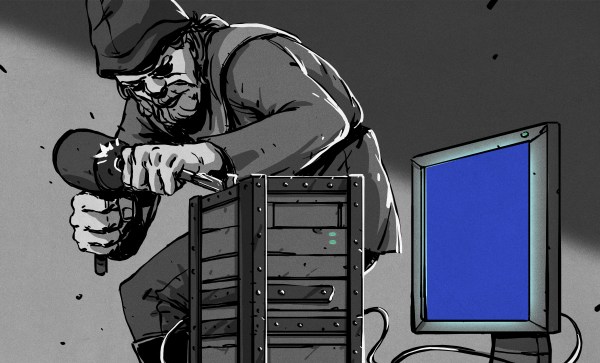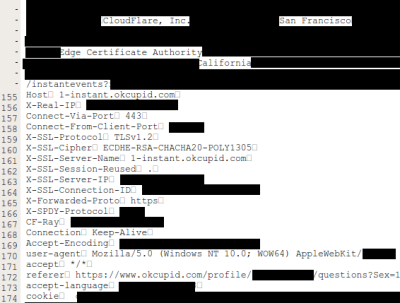F5’s BIG-IP platform has a Remote Code Execution (RCE) vulnerability: CVE-2022-1388. This one is interesting, because a Proof of Concept (PoC) was quickly reverse engineered from the patch and released on Twitter, among other places.
Let's drop CVE-2022-1388 PoC pic.twitter.com/MmyvQGL6eO
— 416e6e61 (@AnnaViolet20) May 9, 2022
HORIZON3.ai researcher [James Horseman] wrote an explainer that sums up the issue nicely. User authentication is handled by multiple layers, one being a Pluggable Authentication Modules (PAM) module, and the other internally in a Java class. In practice this means that if the PAM module sees an X-F5-Auth-Token, it passes the request on to the Java code, which then validates the token to confirm it as authentic. If a request arrives at the Java service without this header, and instead the X-Forwarded-Host header is set to localhost, the request is accepted without authentication. The F5 authentication scheme isn’t naive, and a request without the X-F5-Auth-Token header gets checked by PAM, and dropped if the authentication doesn’t check out.
So where is the wiggle room that allows for a bypass? Yet another HTTP header, the Connection header. Normally this one only comes in two varieties, Connection: close and Connection: keep-alive. Really, this header is a hint describing the connection between the client and the edge proxy, and the contents of the Connection header is the list of other headers to be removed by a proxy. It’s essentially the list of headers that only apply to the connection over the internet. Continue reading “This Week In Security: F5 Twitter PoC, Certifried, And Cloudflare Pages Pwned”
















